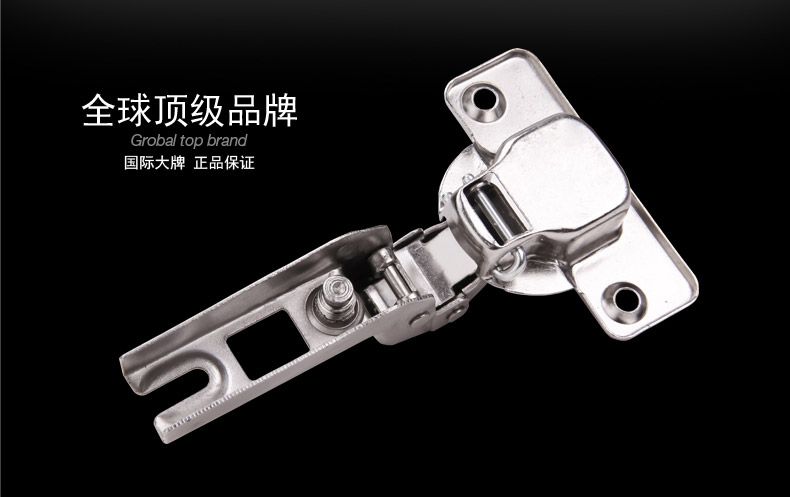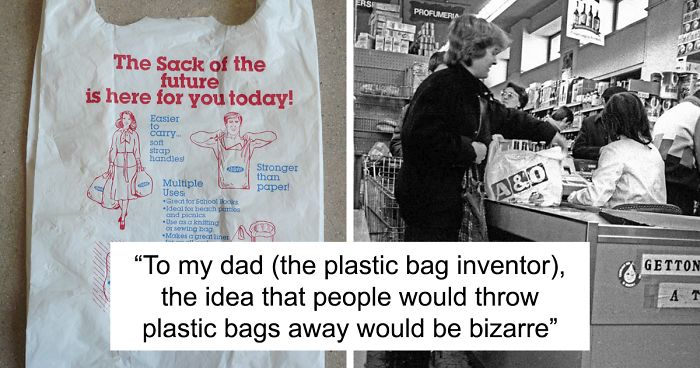Combating Counterfeit Hardware without Brand Recognition: A Comprehensive Guide
Counterfeit hardware is a serious problem that can have severe consequences for both individuals and organizations. Without brand recognition, it can be difficult to identify counterfeit products, which can lead to financial losses and even damage to a company's reputation. In this comprehensive guide, we will discuss the various methods used to combat counterfeit hardware without relying on brand recognition. These include the use of anti-counterfeiting technology such as QR codes and RFID tags, as well as implementing strong supply chain management practices to ensure that only legitimate products are entering the market. We will also explore the importance of employee training in identifying counterfeit products and the role that partnerships with law enforcement agencies can play in stopping the production and sale of counterfeit hardware. By implementing these strategies, organizations can better protect themselves against the threat of counterfeit hardware and maintain their position as trusted suppliers in their industry.
In an era where consumers are increasingly discerning and brand loyalty is a key factor in their purchasing decisions, the issue of counterfeit hardware has become a pressing concern for many industries. While some manufacturers choose to rely on brand recognition for protection against fake products, others find themselves in a difficult position when they lack the necessary brand identity to combat counterfeiting effectively. This article explores various strategies that these manufacturers can use to protect their products and maintain customer trust, even in the absence of a recognizable brand.
The Problem with Counterfeit Hardware

Counterfeiting is a widespread problem that affects industries worldwide, from consumer goods to electronics to industrial supplies. The benefits of counterfeiting are clear: it allows producers of inferior or pirated products to sell their wares at lower prices, which can drive down the cost of authentic products for consumers. However, the consequences of counterfeiting can be severe for both producers and consumers. For producers, counterfeiting can lead to financial losses as well as damage to their reputations and customer relationships. For consumers, counterfeit products can pose serious safety risks, as they may not meet the same quality standards as authentic products.
Strategies for Non-Branded Manufacturers
While brand recognition can be an effective tool for preventing counterfeiting, non-branded manufacturers face unique challenges. Here are several strategies that these manufacturers can use to protect their products and deter counterfeiters:
Product Design and Quality Control : One of the most effective ways to prevent counterfeiting is by ensuring that your products are designed in such a way that they cannot be easily copied. This could involve using proprietary technology, unique materials, or complex assembly processes. Quality control measures such as serial numbers, holograms, or tamper-evident packaging can also help to prevent copying.
Partner with Independent Retailers and distributors : By partnering with independent retailers and distributors, non-branded manufacturers can increase their visibility and credibility among consumers. These partners can act as a second layer of verification, ensuring that only authentic products reach customers.
Use Digital Verification Tools : In recent years, there have been several digital tools developed to help detect and prevent counterfeiting. These tools use artificial intelligence and machine learning algorithms to analyze product images and identify potential counterfeits. By integrating such tools into their production processes, non-branded manufacturers can add an additional layer of protection against counterfeiting.

Work with Government Agencies : Many government agencies around the world offer resources and assistance to help manufacturers fight counterfeiting. These might include anti-counterfeiting training programs, legal support, or assistance in tracking down and seizing counterfeit products. Non-branded manufacturers can benefit from working with these agencies, both to reduce the risk of counterfeiting themselves and to raise awareness about the threat of counterfeiting in their industry.
Engage with Consumers : Finally, non-branded manufacturers can use social media and other communication channels to engage with consumers and build trust. By sharing information about their manufacturing processes, quality control measures, and other aspects of their business, these manufacturers can show consumers that they are committed to producing high-quality products and protecting against counterfeiting.
Conclusion
Counterfeiting remains a significant challenge for many manufacturers, including those without established brands. However, by adopting a multi-faceted strategy that combines product design, quality control measures, digital verification tools, government agency support, and consumer engagement, these manufacturers can reduce the risk of counterfeiting and protect their businesses and their customers. As counterfeiters continue to evolve their tactics, it is essential for all manufacturers to remain vigilant and adaptable in their efforts to combat this threat.
Articles related to the knowledge points of this article:
Cabinet Hardware Brands: A Comprehensive Guide
Closet Hardware Brands Ranking
Title: The Emergence of Newly Elaborated Hardware Brands in the Decor Industry
Title: The Best Hardware Track Brands in the Market
Top 5 Hardware Brands on the First Line
Top 5 German Hardware Brands to Consider for Your Next Purchase



